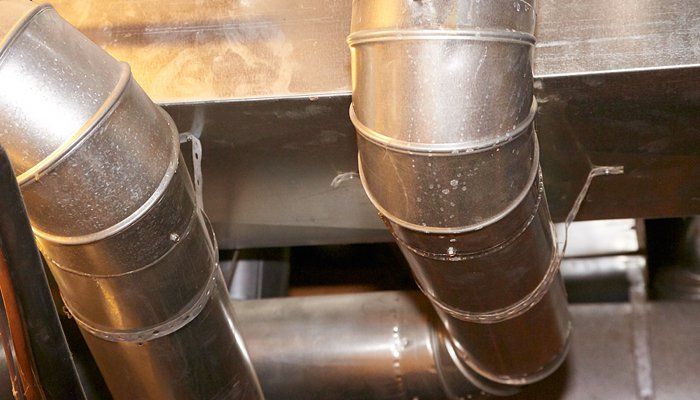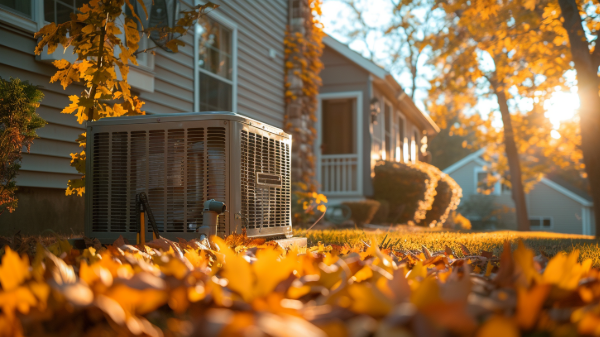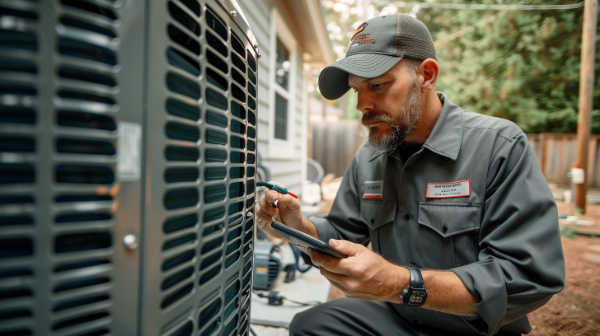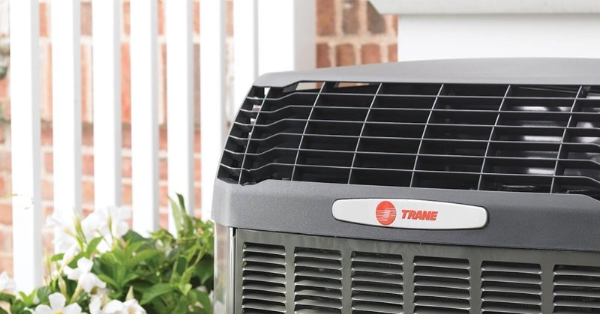What You Need To Know About Insulating Ductwork in Your Basement or Attic
How You Can Insulate Ductwork In Your Basement or Attic
Many homeowners know the importance of having a comfortable and properly heated home. However, some may not understand that properly insulated ductwork can have a lot to do with this. While insulating ductwork might not seem like an easy task, that doesn't mean that you need to feel stressed if your ductwork is leaking air. There can be simple ways to insulate your ductwork and ensure that your home is retaining warm or cool air properly.
Why Insulation for Ductwork Is Important
There are many reasons why you need to pay attention to the ductwork in your basement and attic, especially if you are having trouble heating or cooling your home. Ductwork with leaks or cracks can cause you to lose lots of air. This means that it will take more energy to get your home to the right temperature. This can drive up your bills significantly, and can also be detrimental to the environment, due to the excess energy use.
Options for Insulating Ductwork
When insulating ductwork, you have options. The primary material used in ductwork insulation for basements and attics is fiberglass, which can come in multiple forms. Duct board, duct liner, and duct wrap are all effective ways to help insulate your ducts. What will work best for you can depend on a variety of factors, including how many leaking areas there are as well as how large the leaks are.
You can buy each of these types of insulators, combine them or use one on its own. Additionally, they all come with different R-factors. The R-factor refers to the resistance to heat loss. The greater the R-factor, the less heat loss there will be.
Tools for Insulating Your Ductwork
The exact tools that you will need for insulating your ductwork may vary. However, there are tools that are commonly used for most ductwork insulation projects. Whether you are working in an attic, a crawlspace, or a basement, you will need to wear protective gear, like goggles, a dust mask, and clothing that covers your body. You may also need duct tape, foil tape, and masking tape. A box cutter is another basic tool that should not be forgotten, along with a laser thermometer and a caulk gun.
How To Begin and Things To Avoid
Starting Your Project
The first step in an insulation project is selecting your insulation. Once you have decided on what will work best, it is time to begin prepping your work area. You need to ensure that the space you are working in is relatively clean and as free of debris as possible.
You then need to clean and wipe down your ductwork. After that, you will need to measure the area that you are insulating, and cut the amount of insulation to the proper size. The next step is to wrap your insulation around your ductwork, and ensure that it fits tightly, as this is what helps prevent leaks the most. Finally, you can use duct tape to secure your work and then foil tape to cover the seams of your insulation.
Things To Avoid
In general, it is best to avoid errors as much as possible to help the project go smoothly. One way to help prevent errors is to measure everything twice, and double check yourself as you go. While this may feel like it is slowing you down at first, it can help prevent mistakes which can save you time and materials.
Last Words About Insulating Your Ductwork
Insulating ductwork may feel like a big task, but it doesn't have to be. Whether you tackle it on your own or seek out the help of an HVAC Contractor like Next Level HVAC to help you understand your options repairing ductwork can be hassle-free.









